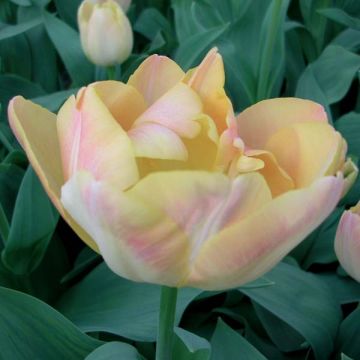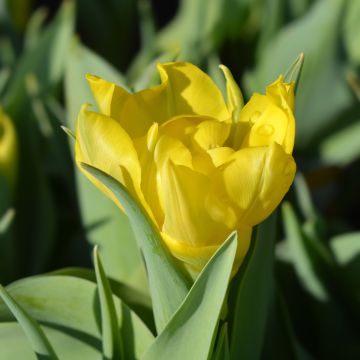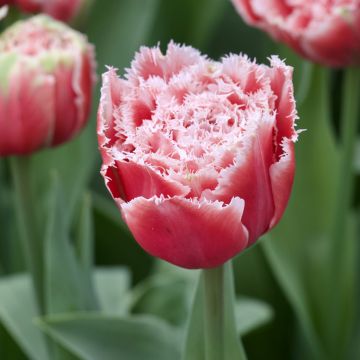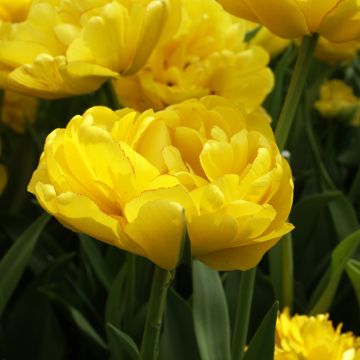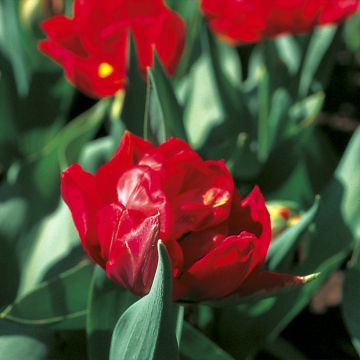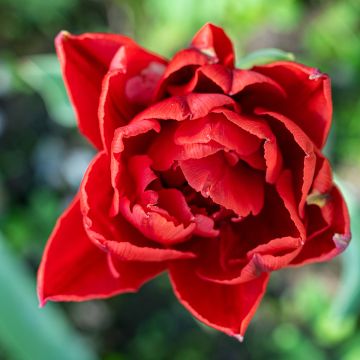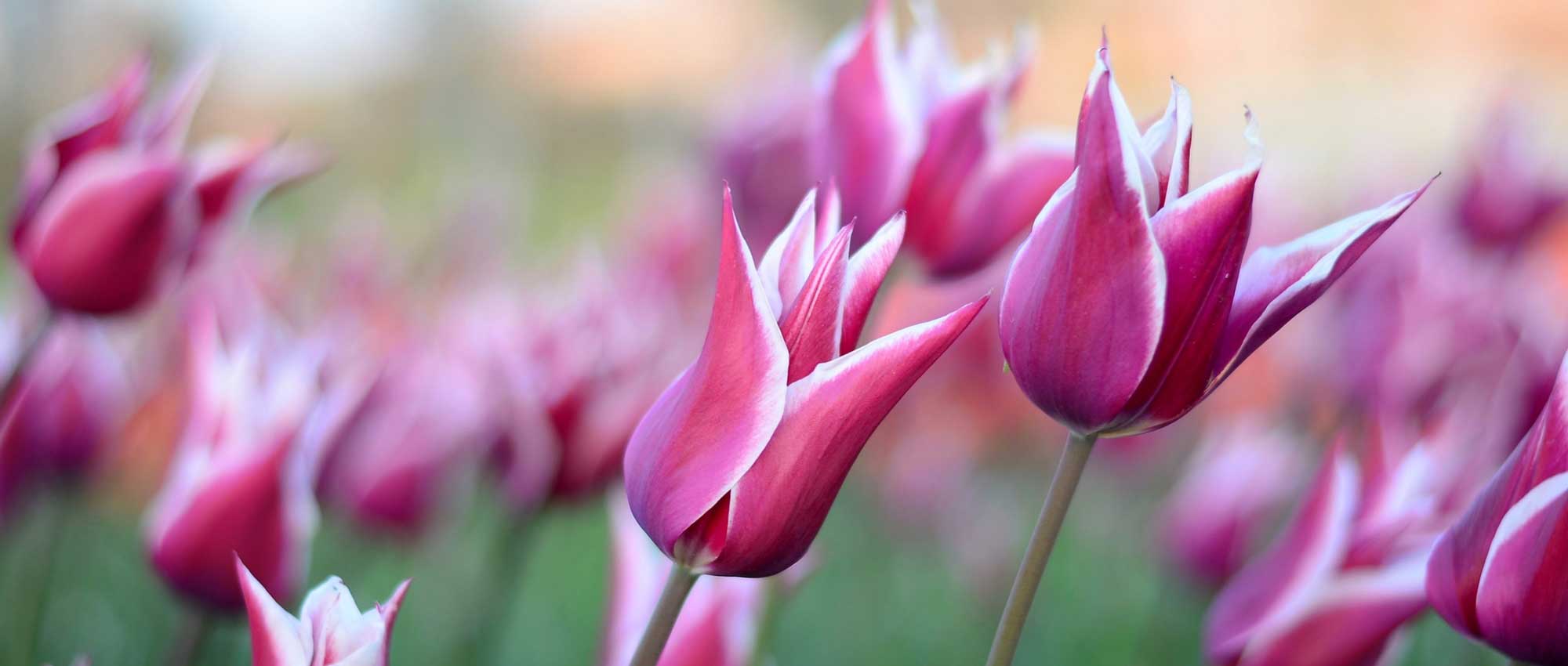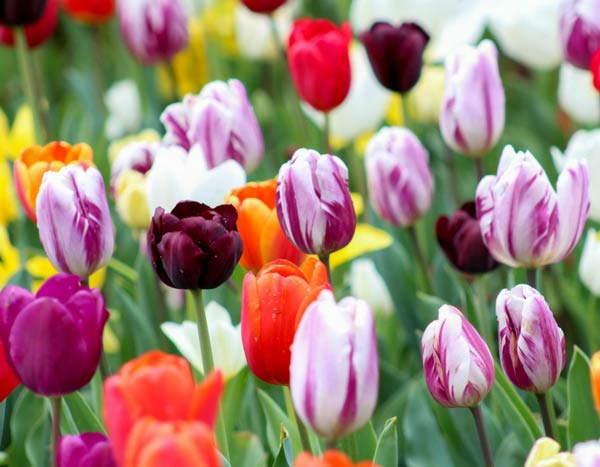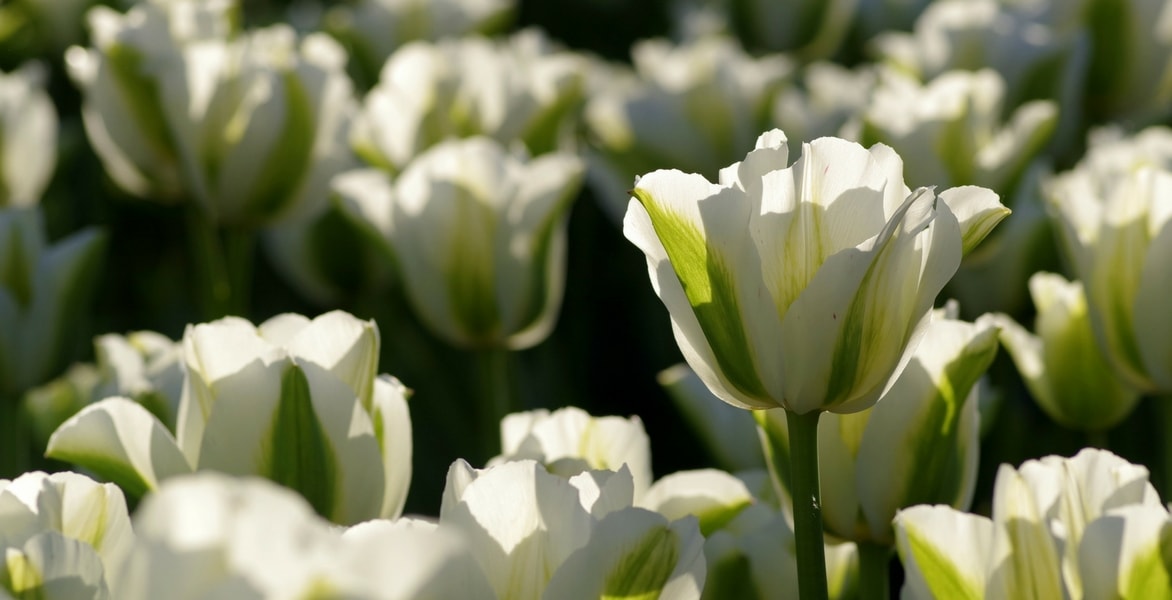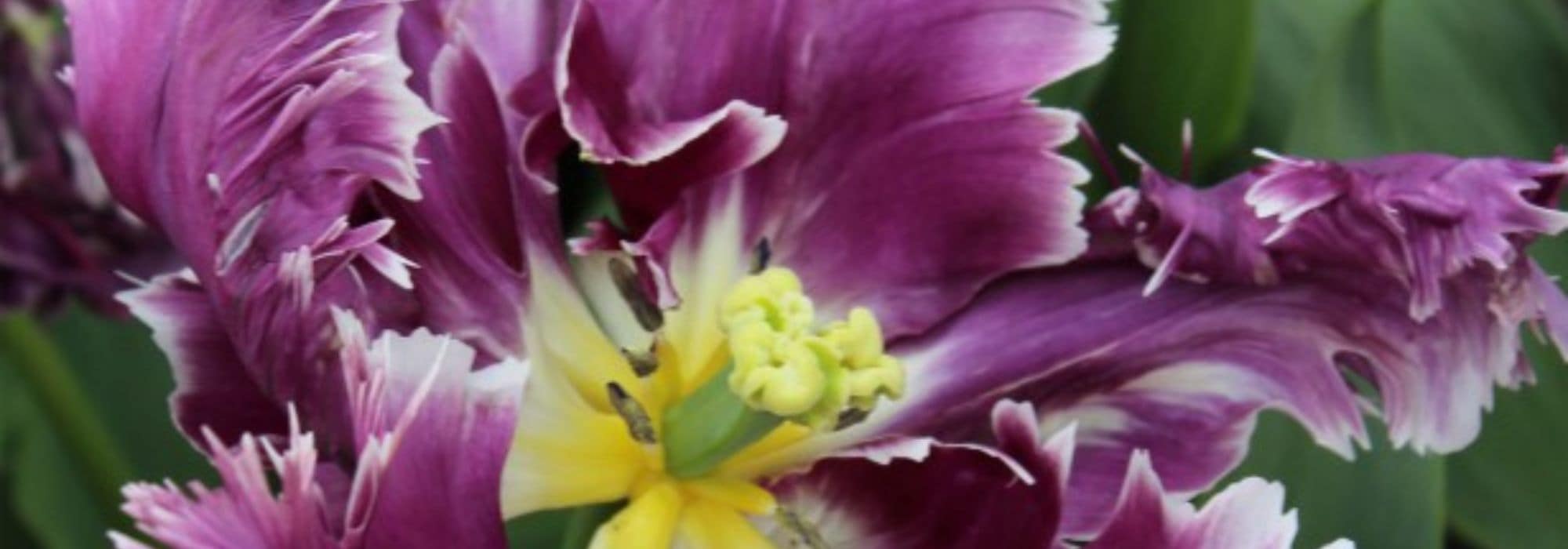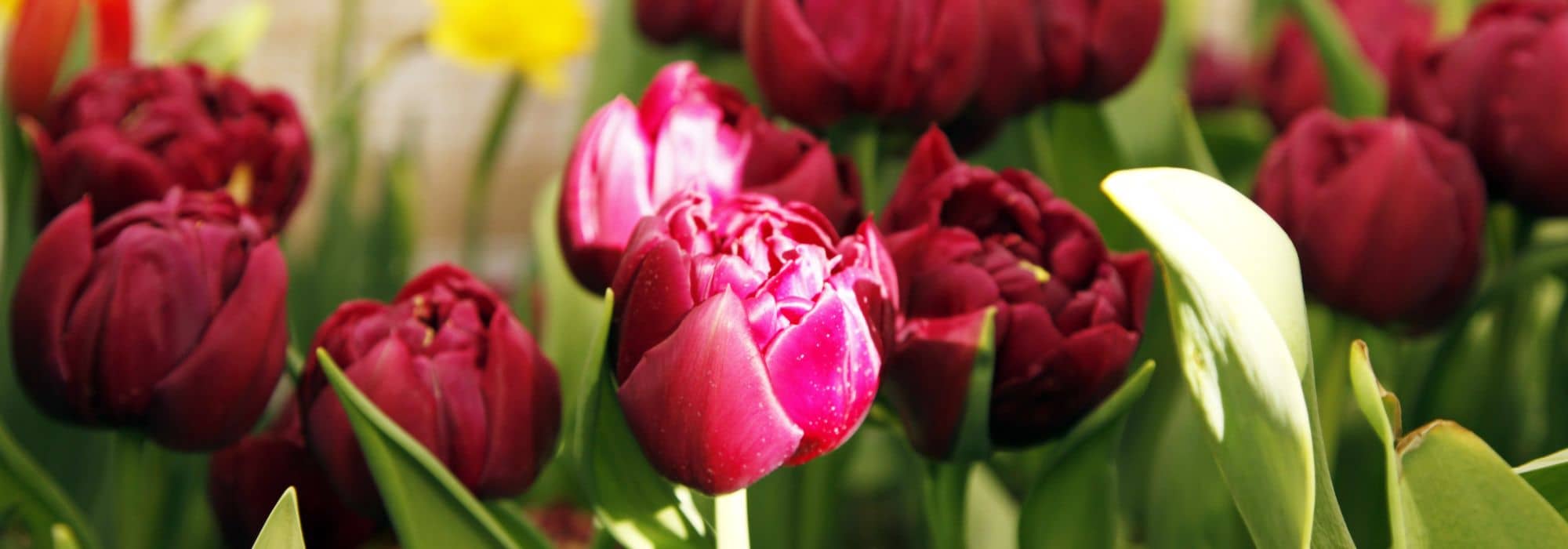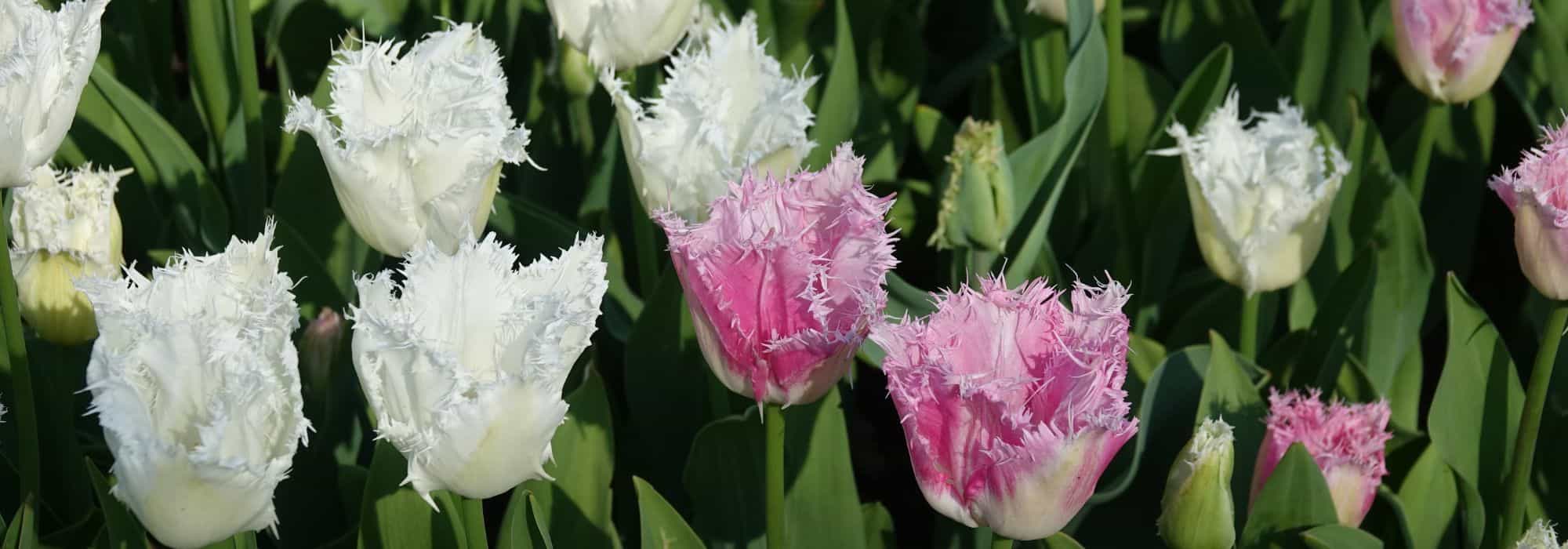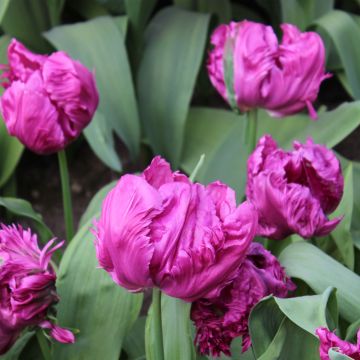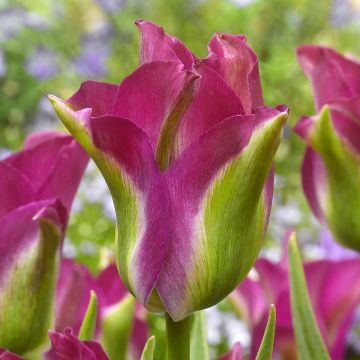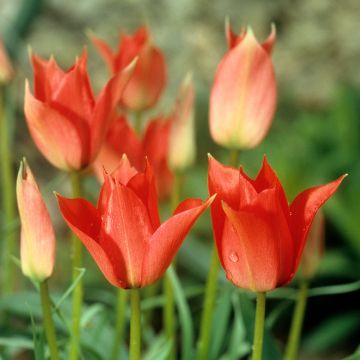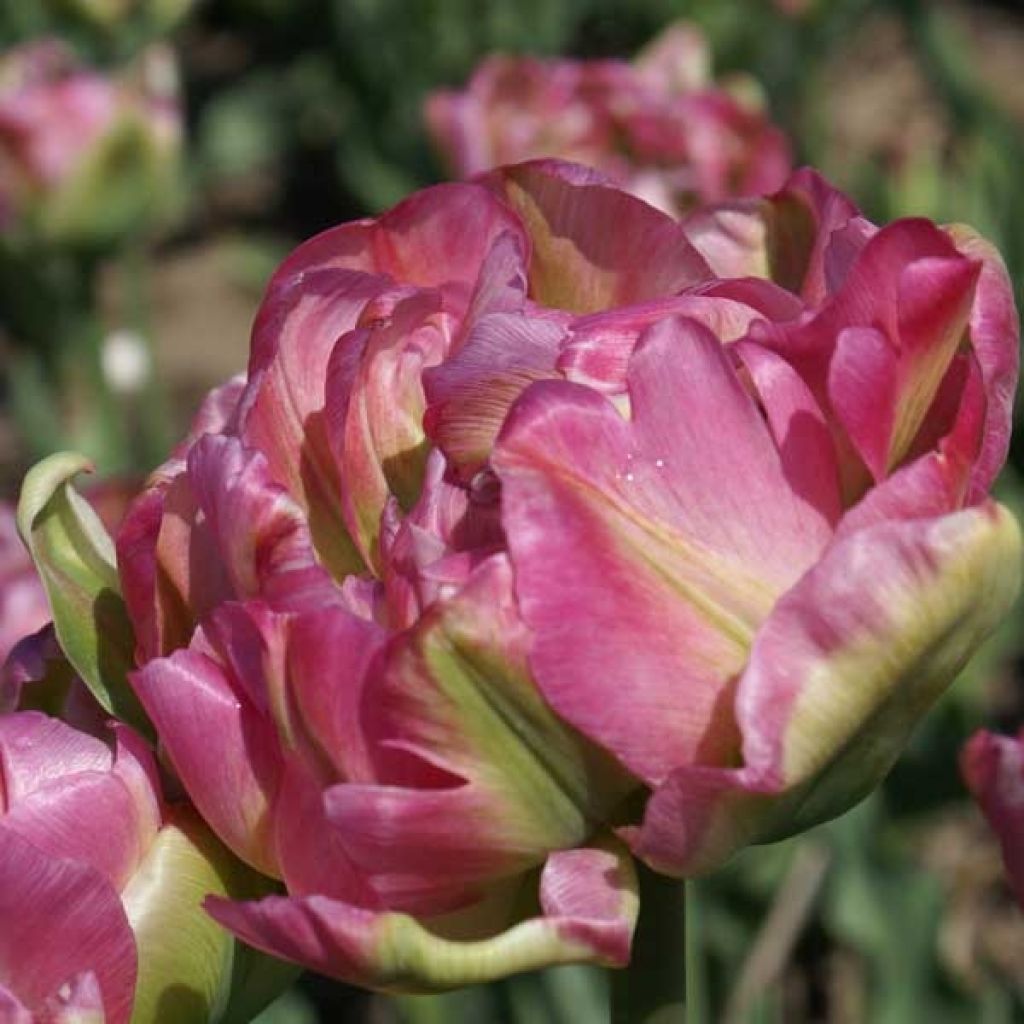

Tulipe Double Groenland
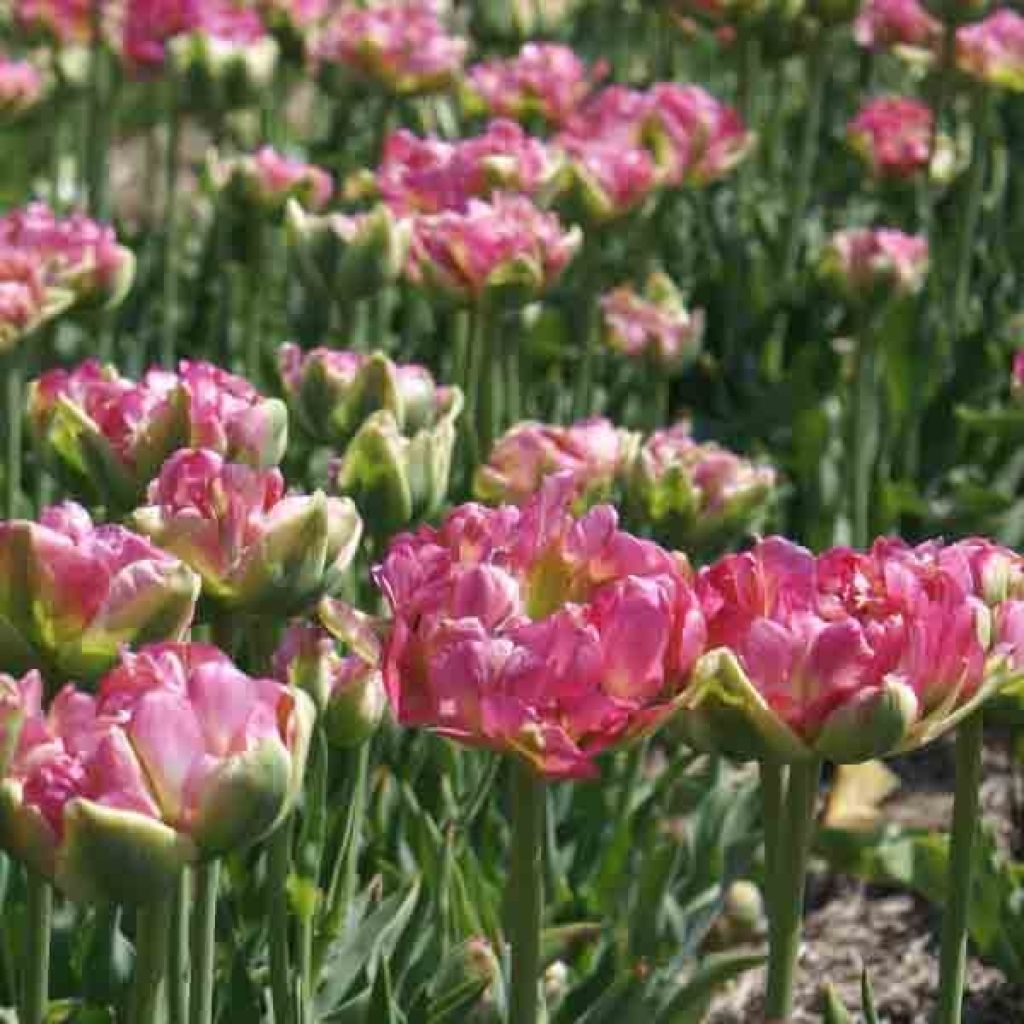

Tulipe Double Groenland
Tulipa Groenland - Tulipe Groupe Viridiflora
Tulipa viridiflora Groenland Double
Tulip
for pruning bulbs
ANNIE, 04/11/2014
Special offer!
Receive a €20 voucher for any order over €90 (excluding delivery costs, credit notes, and plastic-free options)!
1- Add your favorite plants to your cart.
2- Once you have reached €90, confirm your order (you can even choose the delivery date!).
3- As soon as your order is shipped, you will receive an email containing your voucher code, valid for 3 months (90 days).
Your voucher is unique and can only be used once, for any order with a minimum value of €20, excluding delivery costs.
Can be combined with other current offers, non-divisible and non-refundable.
Why not try an alternative variety in stock?
View all →This plant carries a 6 months recovery warranty
More information
We guarantee the quality of our plants for a full growing cycle, and will replace at our expense any plant that fails to recover under normal climatic and planting conditions.
Does this plant fit my garden?
Set up your Plantfit profile →
Description
The Tulipa viridiflora 'Groenland' is a stunning variety whose flowers bloom in April-May. From lanceolate foliage in a beautiful, slightly bluish green emerge long flowering stems in spring. Each stem bears a flower that opens into a perfectly regular cup shape. They display a soft pink hue adorned with a green central vein, creating a complementary and harmonious colour combination. The flowering period is notably long-lasting, as it typically blooms for about 3 weeks, between April and May.
Tulips belong to the Liliaceae family, which includes around ten other genera, some of which are highly ornamental, such as Lilies, which gave the family its name, and the slightly less known yet equally elegant Fritillaries. The Tulipa genus originally appeared in Central Asia and comprises roughly 120 wild species, along with a multitude of cultivated varieties, the result of centuries of work and passion from breeders in the Netherlands and beyond. This abundance led horticulturists to devise a classification into 15 divisions, with the 8th dedicated to viridiflora varieties. While this designation literally means "green-flowered," in reality, these Tulips feature petals partially marked with green. This is the case with 'Groenland', a highly aesthetic variety that develops lanceolate, fairly upright foliage, with long leaves displaying a medium to dark green hue, sometimes delicately tinged with blue. The nearly vertical tall stems that emerge in spring bear green flower buds, which in mid-April open into charming pink flowers. Measuring about 7 cm, the corollas initially appear in a closed cup shape, before slightly opening at the top upon ripeness, with petals arching artistically. Starting from the base of the petals, a vein in practically the same green as the leaves runs up to the top of the petal, bordered on each side by a yellowish margin. This green continuity, from the base of the plant to the top of the flowers, which reach up to 50 cm, enhances the verticality of this Tulip, creating a particularly striking graphic effect. Planted in groups, 'Groenland' makes a bold statement in flower beds, while its colour combinations offer a palette of refined taste. It also exudes undeniable romantic charm when used for creating bouquets. While the stems withstand bad weather quite well and the flowering lasts until May, it's important to remember that afterwards, this bulbous plant loses its decorative appeal as its foliage withers. It is therefore recommended to plant it alongside other plants that will take over the display.
Highly hardy, the Tulipa viridiflora 'Groenland' captivates with both its coordinated colours and its elegant structure. Pair it in flower beds or even rockeries with Botanical Tulips, which bloom earlier, to enjoy their beauty for longer. A carpet of white flowers from Moss Phlox 'White Delight' will complement its pink and green blooms beautifully. The sculptural flowers of Columbines, available in a wide range of colours, will continue to adorn your garden once your Tulip has finished flowering. Also consider decorative foliage, such as that of Artemisias, which will add a colourful touch to your display. You can also plant your 'Groenland' Tulip in pots and containers to brighten up your balcony or terrace.
Plant habit
Flowering
Foliage
Botanical data
Tulipa
viridiflora
Groenland Double
Liliaceae
Tulip
Cultivar or hybrid
Planting and care
Position your Double Greenland Late Tulips in a preferably sunny spot, or partially shaded and sheltered from the wind. Be careful, Tulips do not like stagnant moisture. Plant them from mid-October to mid-November for optimal spring flowering. The soil should be well-drained, and it is advisable to loosen the soil deeply. Plant the bulbs with the pointed end facing upwards at a depth of 14-15 cm (the bulbs should be covered with twice their height of soil). Space the bulbs about 10 cm apart to achieve a beautiful flowering density. After flowering, cut the flower stems and allow the leaves to dry completely before cutting them.
Planting period
Intended location
Care
Planting & care advice
-
, onOrder confirmed
Reply from on Promesse de fleurs
Similar products
Haven't found what you were looking for?
Hardiness is the lowest winter temperature a plant can endure without suffering serious damage or even dying. However, hardiness is affected by location (a sheltered area, such as a patio), protection (winter cover) and soil type (hardiness is improved by well-drained soil).

Photo Sharing Terms & Conditions
In order to encourage gardeners to interact and share their experiences, Promesse de fleurs offers various media enabling content to be uploaded onto its Site - in particular via the ‘Photo sharing’ module.
The User agrees to refrain from:
- Posting any content that is illegal, prejudicial, insulting, racist, inciteful to hatred, revisionist, contrary to public decency, that infringes on privacy or on the privacy rights of third parties, in particular the publicity rights of persons and goods, intellectual property rights, or the right to privacy.
- Submitting content on behalf of a third party;
- Impersonate the identity of a third party and/or publish any personal information about a third party;
In general, the User undertakes to refrain from any unethical behaviour.
All Content (in particular text, comments, files, images, photos, videos, creative works, etc.), which may be subject to property or intellectual property rights, image or other private rights, shall remain the property of the User, subject to the limited rights granted by the terms of the licence granted by Promesse de fleurs as stated below. Users are at liberty to publish or not to publish such Content on the Site, notably via the ‘Photo Sharing’ facility, and accept that this Content shall be made public and freely accessible, notably on the Internet.
Users further acknowledge, undertake to have ,and guarantee that they hold all necessary rights and permissions to publish such material on the Site, in particular with regard to the legislation in force pertaining to any privacy, property, intellectual property, image, or contractual rights, or rights of any other nature. By publishing such Content on the Site, Users acknowledge accepting full liability as publishers of the Content within the meaning of the law, and grant Promesse de fleurs, free of charge, an inclusive, worldwide licence for the said Content for the entire duration of its publication, including all reproduction, representation, up/downloading, displaying, performing, transmission, and storage rights.
Users also grant permission for their name to be linked to the Content and accept that this link may not always be made available.
By engaging in posting material, Users consent to their Content becoming automatically accessible on the Internet, in particular on other sites and/or blogs and/or web pages of the Promesse de fleurs site, including in particular social pages and the Promesse de fleurs catalogue.
Users may secure the removal of entrusted content free of charge by issuing a simple request via our contact form.
The flowering period indicated on our website applies to countries and regions located in USDA zone 8 (France, the United Kingdom, Ireland, the Netherlands, etc.)
It will vary according to where you live:
- In zones 9 to 10 (Italy, Spain, Greece, etc.), flowering will occur about 2 to 4 weeks earlier.
- In zones 6 to 7 (Germany, Poland, Slovenia, and lower mountainous regions), flowering will be delayed by 2 to 3 weeks.
- In zone 5 (Central Europe, Scandinavia), blooming will be delayed by 3 to 5 weeks.
In temperate climates, pruning of spring-flowering shrubs (forsythia, spireas, etc.) should be done just after flowering.
Pruning of summer-flowering shrubs (Indian Lilac, Perovskia, etc.) can be done in winter or spring.
In cold regions as well as with frost-sensitive plants, avoid pruning too early when severe frosts may still occur.
The planting period indicated on our website applies to countries and regions located in USDA zone 8 (France, United Kingdom, Ireland, Netherlands).
It will vary according to where you live:
- In Mediterranean zones (Marseille, Madrid, Milan, etc.), autumn and winter are the best planting periods.
- In continental zones (Strasbourg, Munich, Vienna, etc.), delay planting by 2 to 3 weeks in spring and bring it forward by 2 to 4 weeks in autumn.
- In mountainous regions (the Alps, Pyrenees, Carpathians, etc.), it is best to plant in late spring (May-June) or late summer (August-September).
The harvesting period indicated on our website applies to countries and regions in USDA zone 8 (France, England, Ireland, the Netherlands).
In colder areas (Scandinavia, Poland, Austria...) fruit and vegetable harvests are likely to be delayed by 3-4 weeks.
In warmer areas (Italy, Spain, Greece, etc.), harvesting will probably take place earlier, depending on weather conditions.
The sowing periods indicated on our website apply to countries and regions within USDA Zone 8 (France, UK, Ireland, Netherlands).
In colder areas (Scandinavia, Poland, Austria...), delay any outdoor sowing by 3-4 weeks, or sow under glass.
In warmer climes (Italy, Spain, Greece, etc.), bring outdoor sowing forward by a few weeks.






























